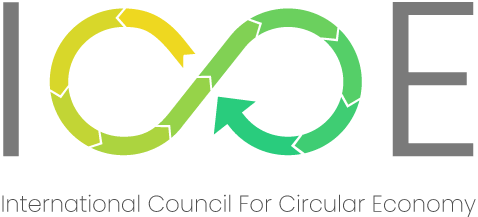Circular Economy and Small Towns & Villages
India’s Next Edge in Sustainable Waste Management It’s 6:00 AM in a small town in Madhya Pradesh. As the first rays of sunlight touch the narrow streets, the municipal commissioner, a few ward officials, and a group of sanitation workers begin their morning visit. These are not ceremonial rounds, they are sharp, observational walks meant …
